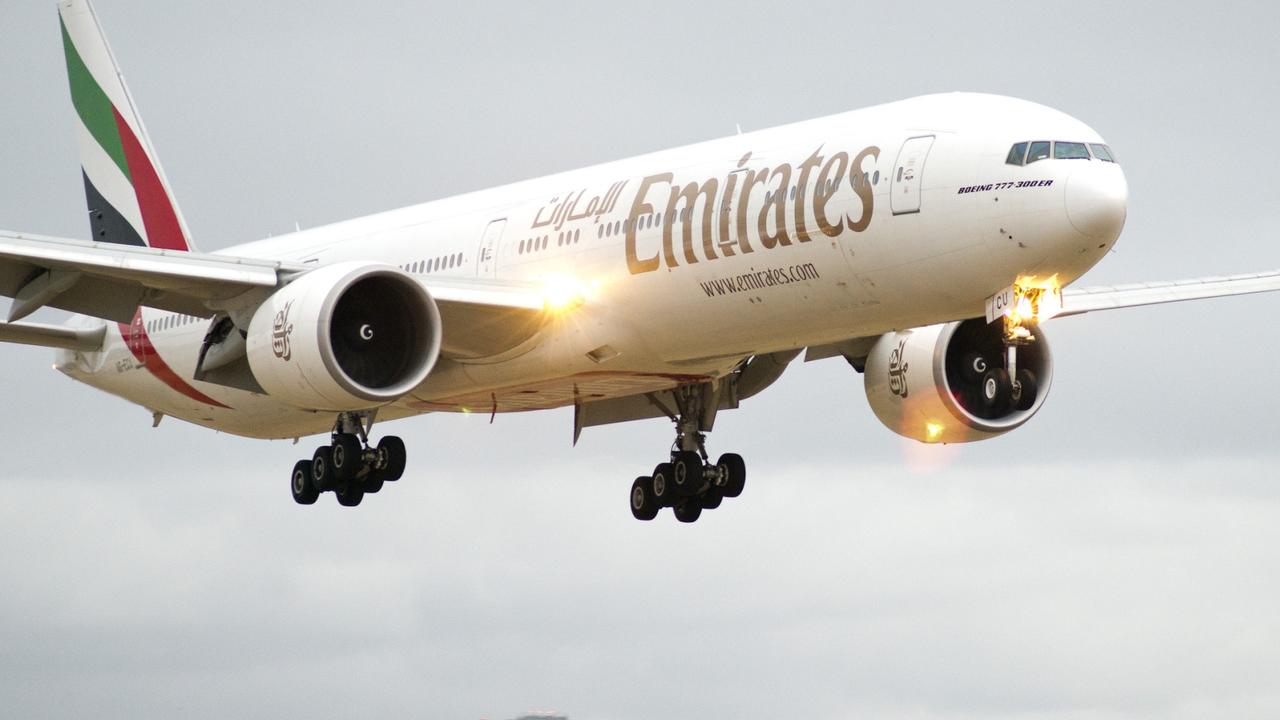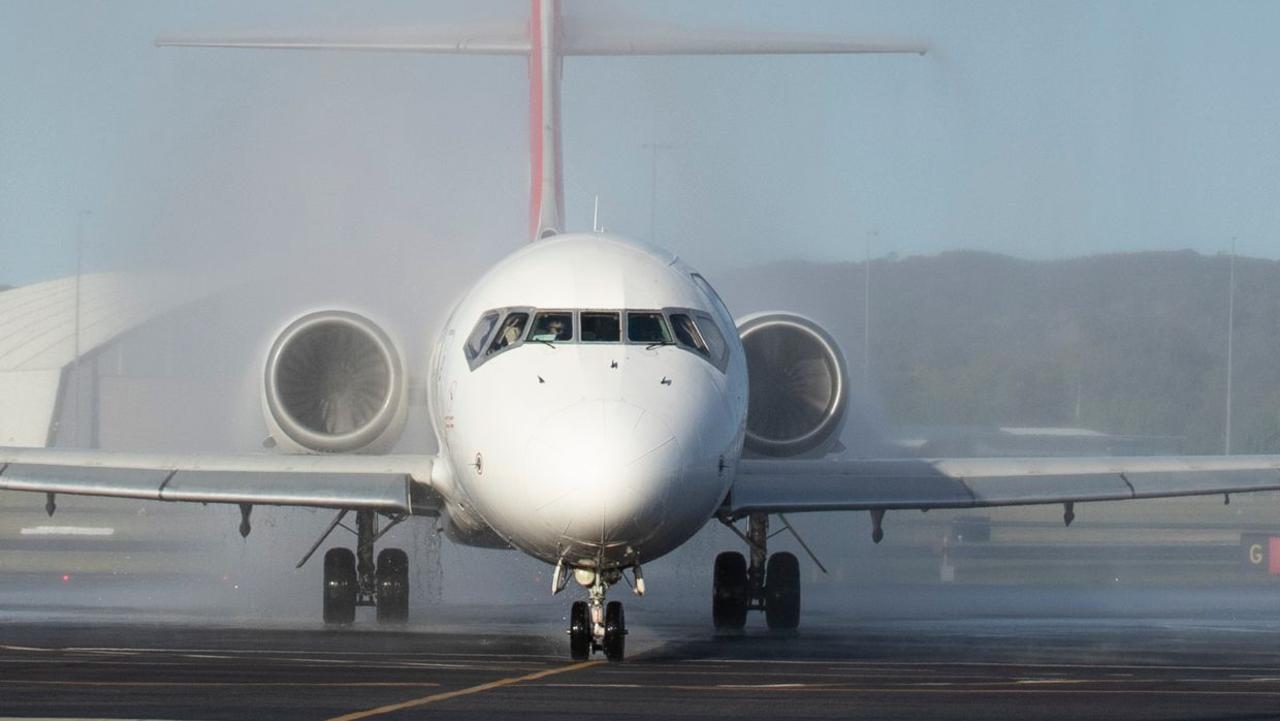When will Australians be able to fly overseas for holidays again?
As borders around the country remain closed, Prime Minister Scott Morrison has dashed hopes restrictions will be lifted in time for Christmas.

Stepping foot off a plane with passport in hand and into an airport overseas feels like a distant memory for most.
While other countries are reopening their borders to international travel, and places like the USA are lifting overseas travel restrictions for residents, Australians remain confined to travelling within their own state or territory.
During a press conference in Canberra on Friday, Prime Minister Scott Morrison dashed the hopes of would-be globe trotters hoping to head overseas, announcing that Australia’s border would remain closed indefinitely after more than four months of barring citizens and permanent residents from leaving the country.
“International travel constraints on inbound arrivals to Australia should be continued in their current form,” he said following the national cabinet meeting.
“We look forward to at some point that that might be able to be altered but at this point we are not going to put any further strain on the quarantine arrangements around the country and that will remain in place now for some months.”
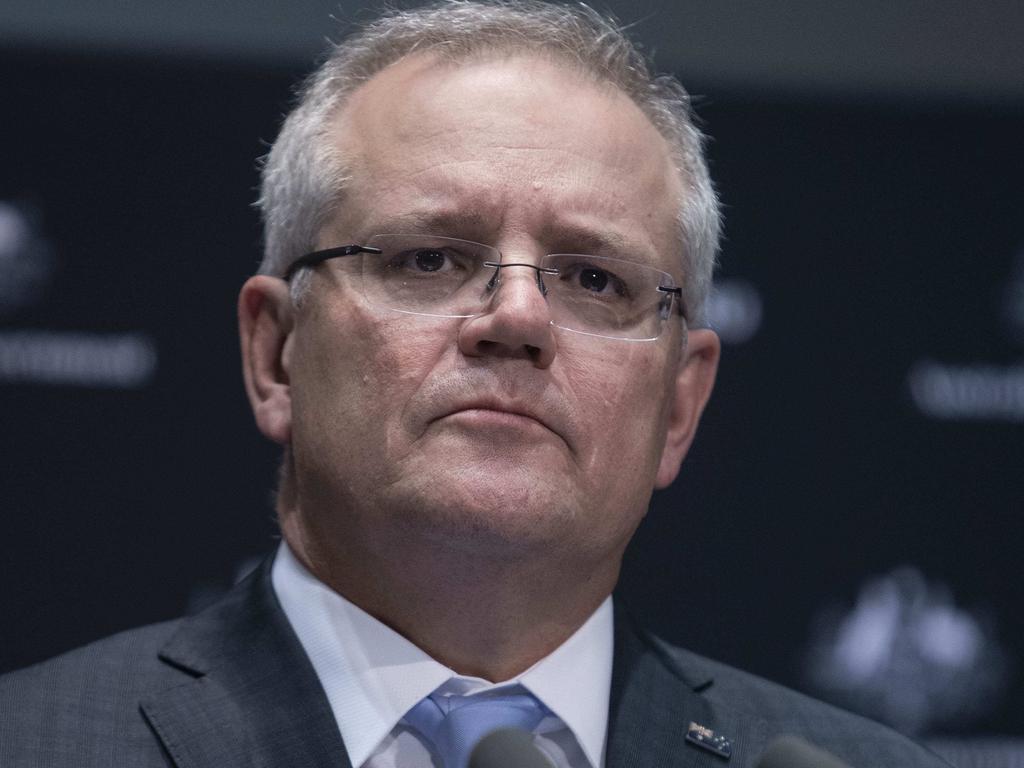
Today, when questioned about internal border restrictions in place between Australian states and territories, Mr Morrison put further doubt the restrictions would be lifted by Christmas.
“It’s important we look and test and interrogate the medical evidence,” Mr Morrison said at a press conference in Canberra.
“Premiers need to explain the decisions they make [and] if there are issues to be sorted out between states and territories then they need to sort them out,” Mr Morrison said of the ongoing internal border closures.
RELATED: Grim prediction warns international flights won’t recover until 2024
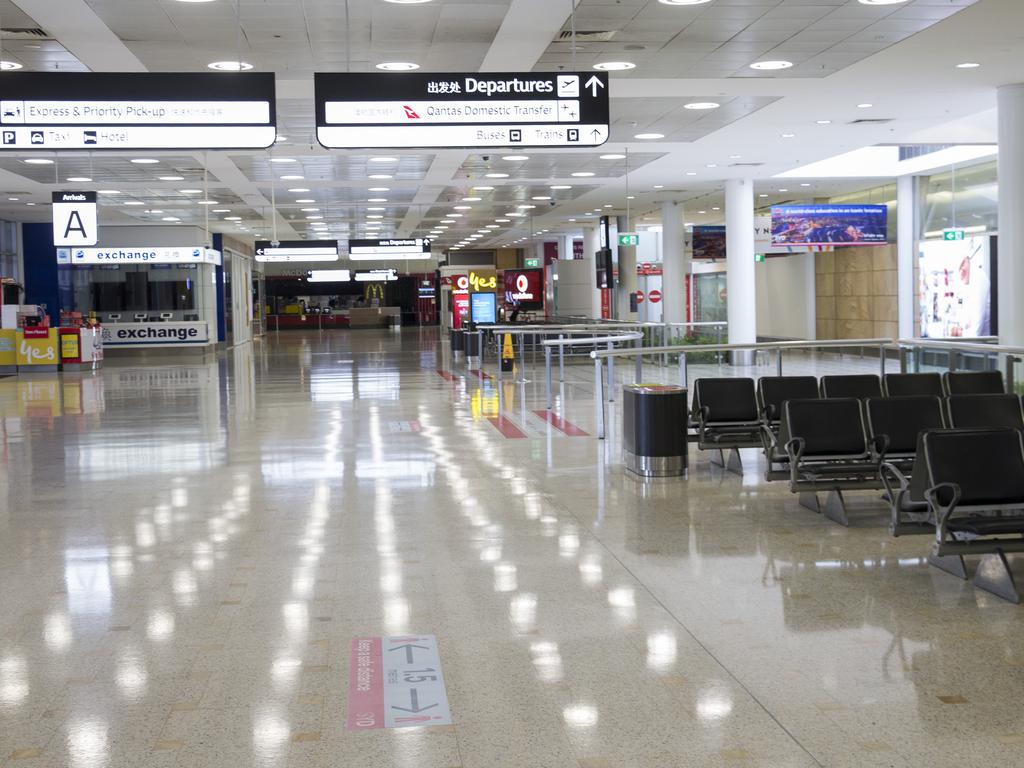
RELATED: No overseas flights for ‘a few years’: Virgin boss
As cases worldwide near 20 million, a ballooning number driven by thousands of daily cases in countries like Brazil and the United States, the hopes of freely flying abroad albeit interstate anytime soon feels all but lost.
The world’s leading travel body delivered its latest outlook on when international air travel will properly recover, predicting it won’t be at pre-COVID levels until 2024 – a year later than previously forecast by the International Air Transport Association (IATA).
So with less of us taking to the skies, business travellers essentially grounded – how will air travel overseas change post-pandemic?
WHEN WILL AUSTRALIANS BE ABLE TO FLY ABROAD AGAIN?
It’s the million dollar question, and one that has both industry experts and political ministers at loggerheads.
Last month, Treasurer Josh Frydenberg dropped a big clue on when he expects international air travel to kickstart again, pointing to a reopening on January 1, 2021.
“From 1 January to 30 June 2021, it is assumed that the travel ban is lifted, but that a two-week quarantine period is required of arrivals to Australia,” the statement says.
“This leads to the resumption of arrivals by temporary and permanent migrants, but at lower levels overall than normal,’’ the Treasury document states.
Mr Morrison was quick to squash the suggestion, instead giving a grim warning of when overseas travel may resume for Australians.
“Right now the opportunity for large-scale travel beyond our borders is not foreseeable,” he said, noting that without a vaccine the concept of reopening to international arrivals will be “very challenging”.
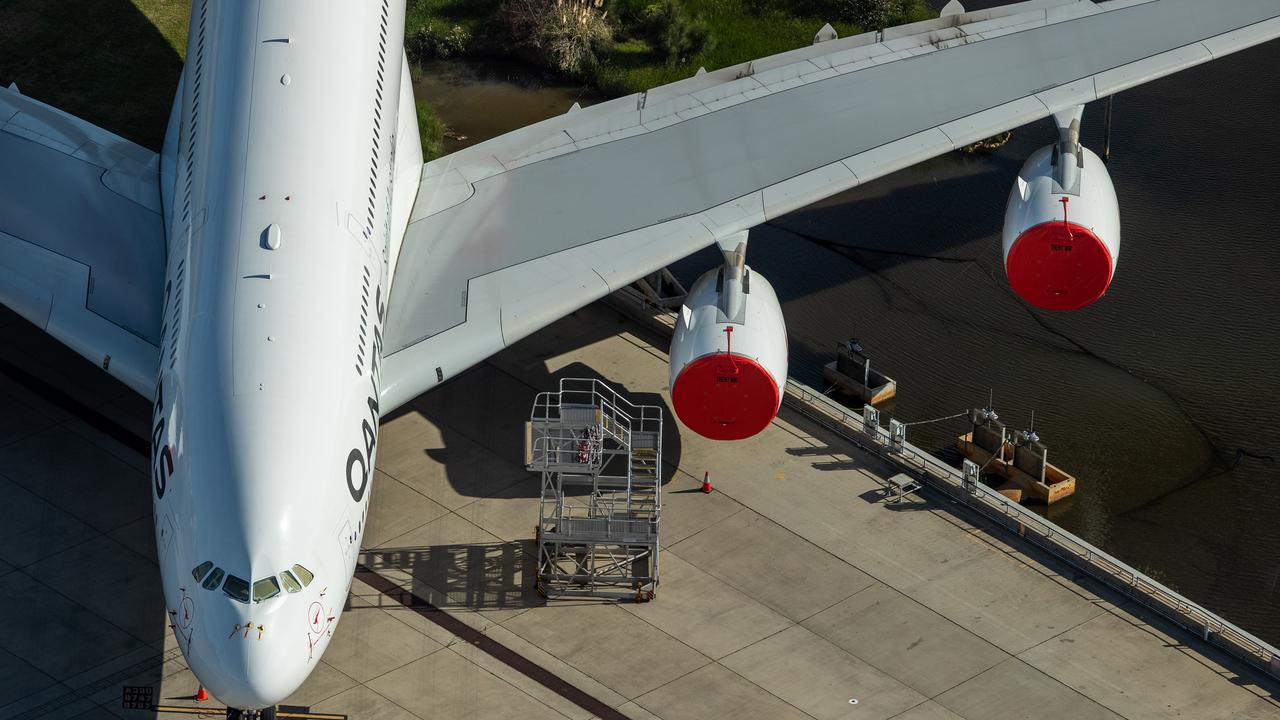
This week, Virgin Australia boss Paul Scurrah braced travellers with a warning that overseas holidays could be off the cards until 2023, given how the COVID-19 pandemic has decimated the travel industry.
“We do aspire to fly long haul again, we just can’t see it coming back in the next few years,” he said.
And Qantas’ prediction isn’t much better, with Australia’s biggest airline cancelling all international flight bookings, except to New Zealand, until March 2021
But aviation expert Neil Hansford and international tourism lecturer David Beirman, from Sydney’s University of Technology, remain optimistic about a resumption of overseas travel – both believing that it will not be dependant on a vaccine for the virus.
Mr Hansford predicts flights to countries like the UK and parts of Europe may be up and running as early as 2021, with a trans-Tasman travel bubble likely by Christmas this year.
“Prior to the Andrews farce, I would have said Q2 2021 (March – June) to countries like UK and a little later to USA,” he told news.com.au, noting Hawaii will be open to Australia before mainland America.
“The handling of COVID-19 has put back the restart [of international travel] by 4-6 months, and the NZ/Pacific bubble back to probably December so long as the current close-down works.”

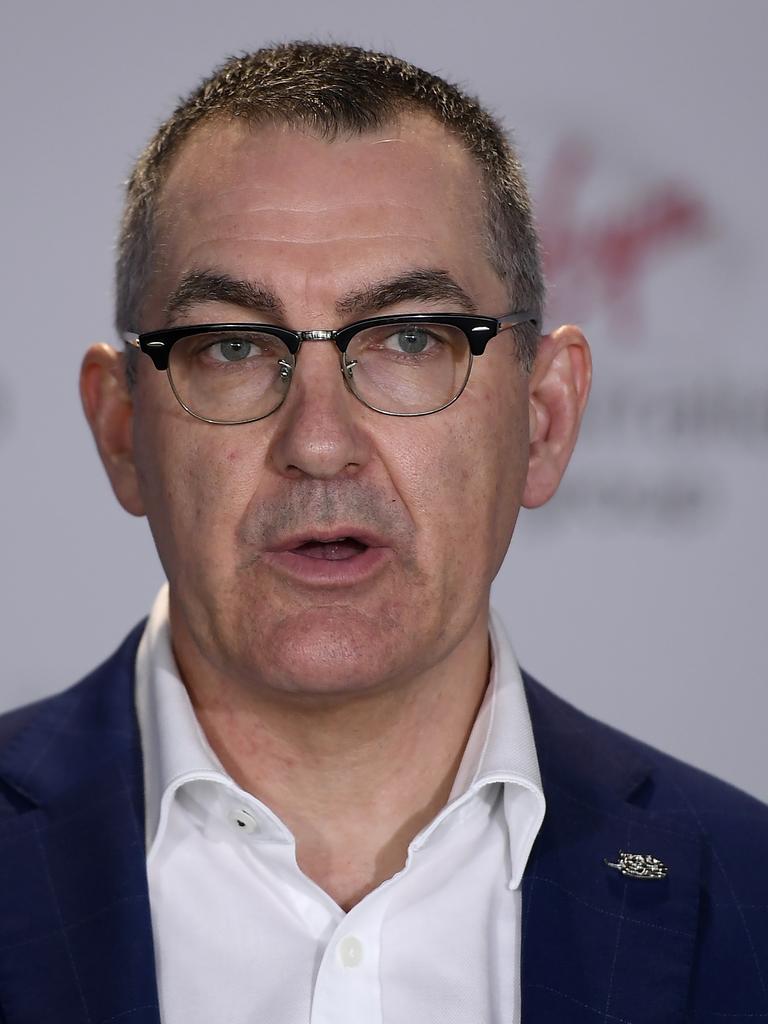
Dr Beirman said the big hurdle stopping Australia from forming overseas bubbles, such as a corridor with New Zealand or the South Pacific Islands, lies with our own border debacle.
“The problem is that unless we have some uniformity on internal Australian travel … its very difficult to work travel bubbles” he said, noting Victoria’s virus spike has put “a huge spanner in the works” for a travel recovery.
“Australian passports do not tell you which state of Australia [you are from] … so to operate bubbles from, say, Canberra – Wellington or other similar ideas, it would be an administrative nightmare.”
HAS COVID-19 KILLED OFF THE MOST LUCRATIVE SEAT ON A PLANE?
COVID-19 has caused unprecedented turmoil in the aviation industry, which has almost been entirely grounded for most of 2020.
While some passenger airlines have kept a skeleton fleet in the air, especially to bring displaced Australian residents back to home soil as part of repatriation missions, other have turned to converting passenger jets to cargo planes.
But one thing almost every carrier has in common – the expensive seats at the pointy end of the plane are relatively suit-free.
It’s no surprise that with so many of us continuing to work from home, conducting client meetings and presentations on Zoom, the pandemic has well and truly grounded business travellers.
How quickly economic recovery begins and how soon countries roll back border restrictions will dictate when and in what capacity business travel returns to normal.
“International business travel will take quite a while to revive,” Dr Beirman told news.com.au.

“Given that nearly all businesses (except the IT sector) have taken a hammering during COVID-19 and many businesses (including universities) have discovered that they can conduct a large proportion of business online at a fraction of the cost … traditional business travel will be largely treated as perk rather than as a necessity.”
While Zoom might replicate much of the experience of an in-person meeting, for many businesses nothing quite compares to meeting with clients in person.
“People getting together face-to-face is the only way, really, to achieve ultimate success in business,” Dave Hilfman, the executive director of the Global Business Travel Association. told the BBC.
“Many of my colleagues in the industry, be it on the corporate side, the travel side or supply side, they’re very anxious to get back out on the road again and see their customers and colleagues.
“We’re all struggling a little bit to understand how quickly travel will recover, because there’s just no precedent to something like the coronavirus pandemic,” Charuta Fadnis, senior vice-president of research at travel analytics firm Phocuswright, added.
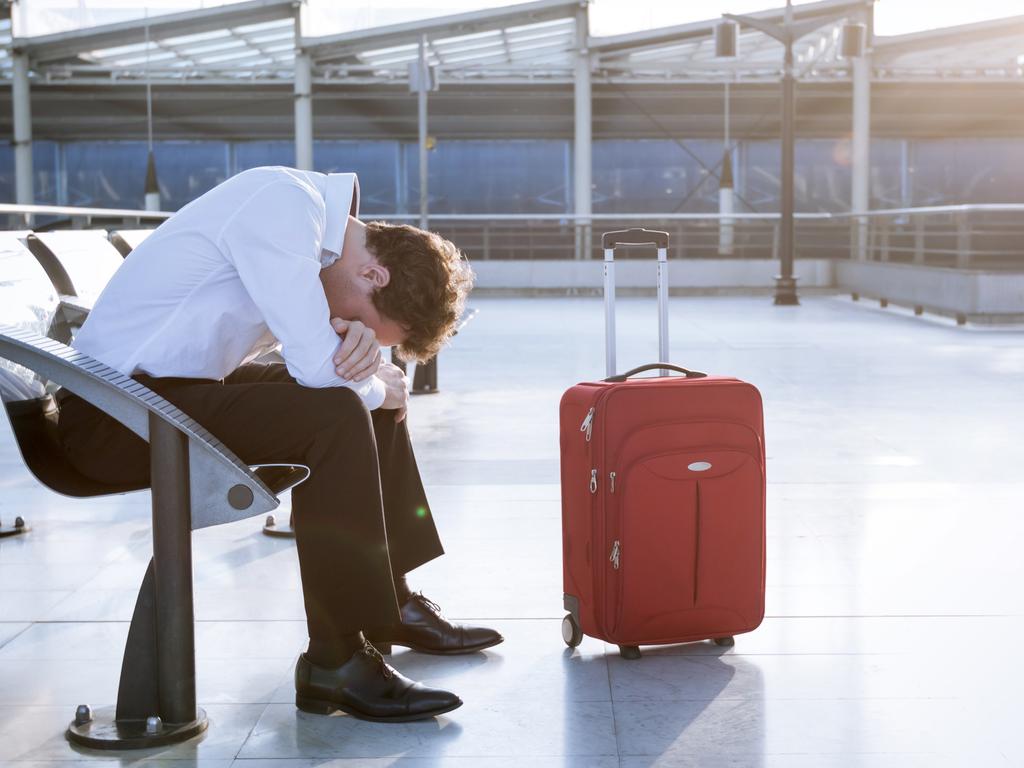
Until those business travel customers are prepared to brave the risks of flying around the world again, many companies are likely not to push business travel while remote working is, well, working.
HAS THE PANDEMIC PUT AN END TO THE MUCH-LOVED CHEAP SEATS?
Last year alone, Australians took 11.2 million leisure trips around the world, which means almost half of our population took an overseas journey somewhere in the world.
The notion of stepping on a plane, and within less than 24 hours be disembarking on the other side of the world has resulted in overseas travel becoming a popular – and arguably cheaper – travel option for many.
With Jetstar’s cheap trips to Bali and Hawaii, and even long-haul on sale for less than $1000 return pre-COVID, international travel was no longer for those with a lot of money. It became open to everybody.
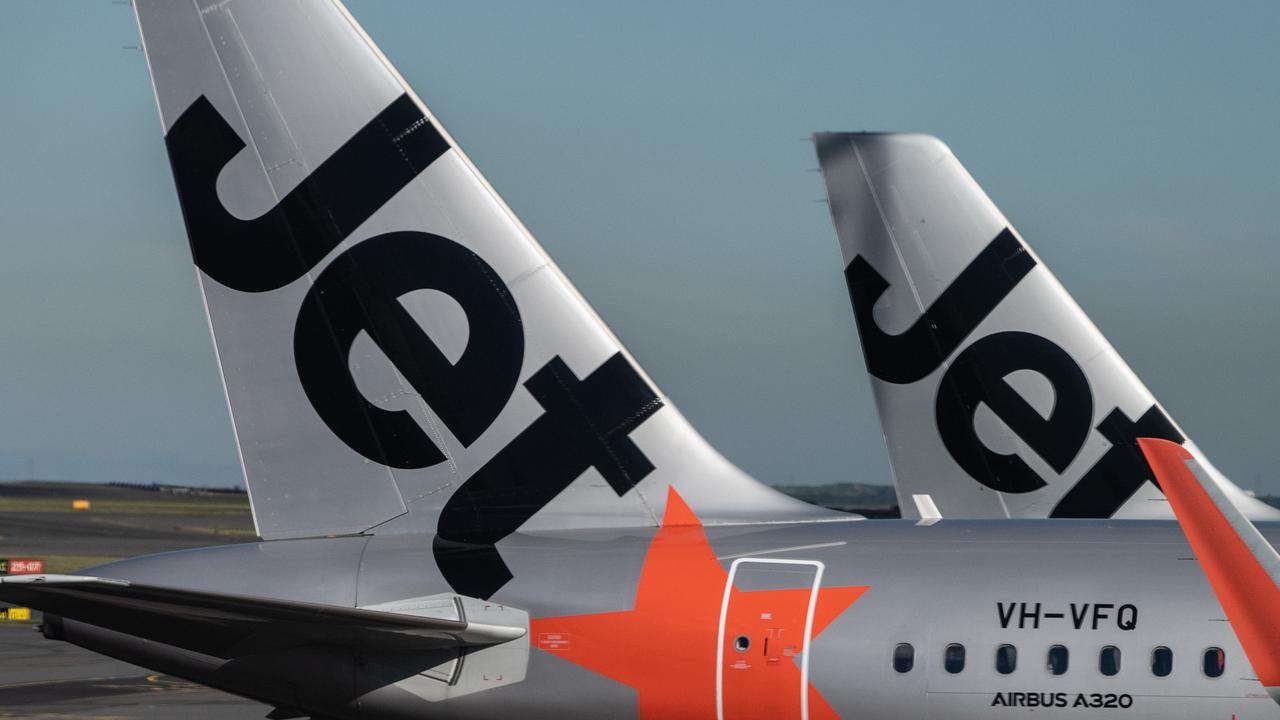
But as international travel ground to a complete halt for Australians in March, it’s hard to know when jumping on a plane will be an option – not just physically, but financially as well.
Dr Beirman says airlines will be desperate to get planes back in the air and bums on seats, so travellers should expect lower fares to be available for the short-term at least.
“The cost of travel is all about supply and demand,” he said.
“If only one airline flies between point A and Point B, they can charge whatever the market will bear. As soon as a route becomes competitive the price tends to drop. The indications are that when international routes open up there may be some initial cheap deals to stimulate the market.”
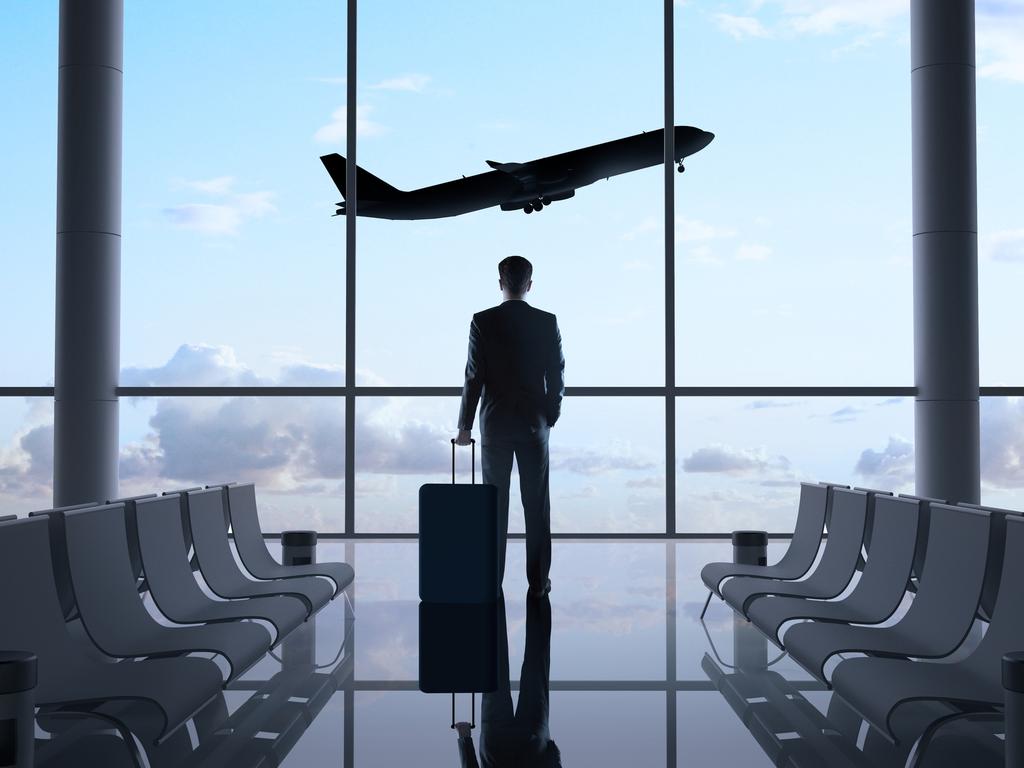
But Dr Beirman says there’s a reason why he doesn’t expect the ‘cheap Tuesday’ fares to last long during the bounce-back.
“Airline consumers have had a great run for over 40 years when fares, especially on popular routes, kept dropping from year to year,” he said.
“The problem was that the business model of most airlines centred on high volume (full aircraft) and very low yield. Normally an airline selling a $2,000 Sydney to London, return fare was lucky to make $10 after all its own costs were factored in.
“The COVID-19 experience has shown airlines that this model simply doesn’t work in tough times, airlines cannot expect kind taxpayers to bail them out so as a result I think airfares
will rise.
“Market pressures should prevent extortionate fares. Low cost carriers may market what look like cheap fares, but the ancillaries (the extras) will more than likely cost a lot of money.”
Mr Hansford agreed in part, predicting that “ affordable fares will be around for 12-24 months after the world opens up”.
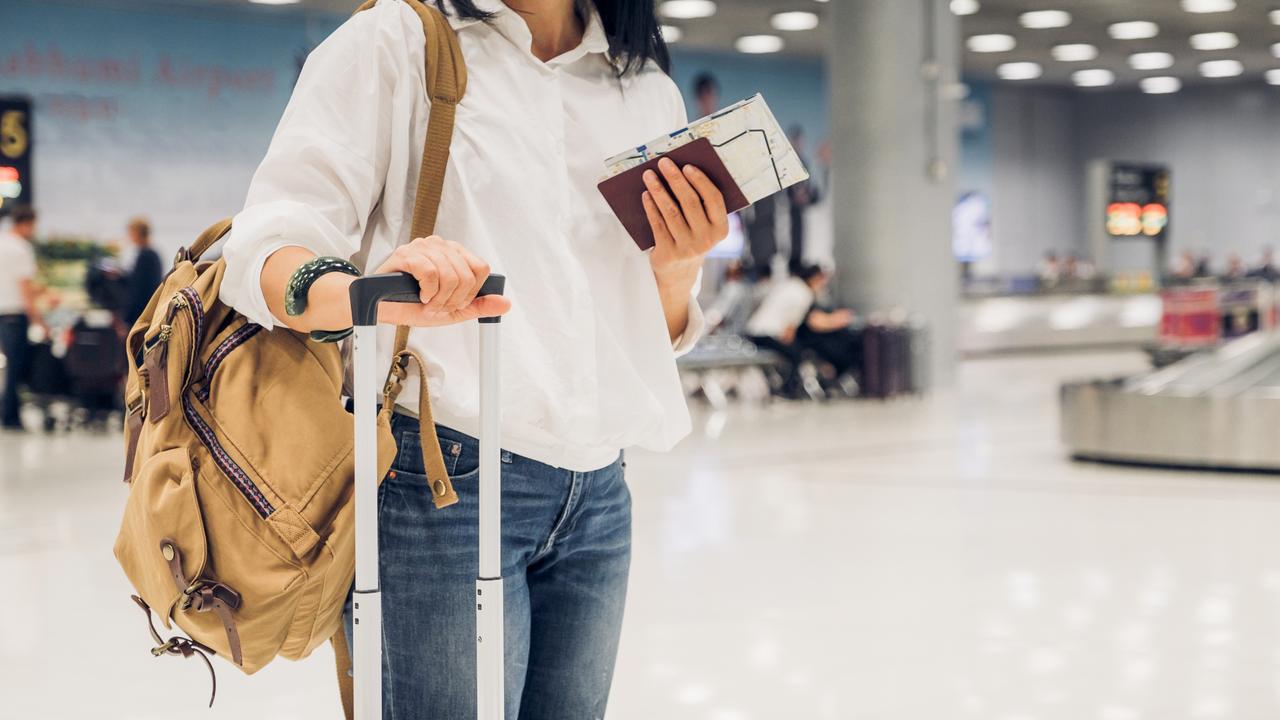
Joe Leader, chief executive officer of APEX, told the BBC he believes that an initial onslaught of low prices will encourage a travel rebound.
“Short-term, aircraft will continue to be much less full and airlines will be motivated to price seats to get customers flying safely in a COVID-19 world,” he said.
Airlines have cut back their flights to absolute connectivity minimums and are losing money on the vast majority of remaining flights … Hopefully, the combination of increased COVID-19 safety measures alongside low prices will encourage a travel rebound.”


